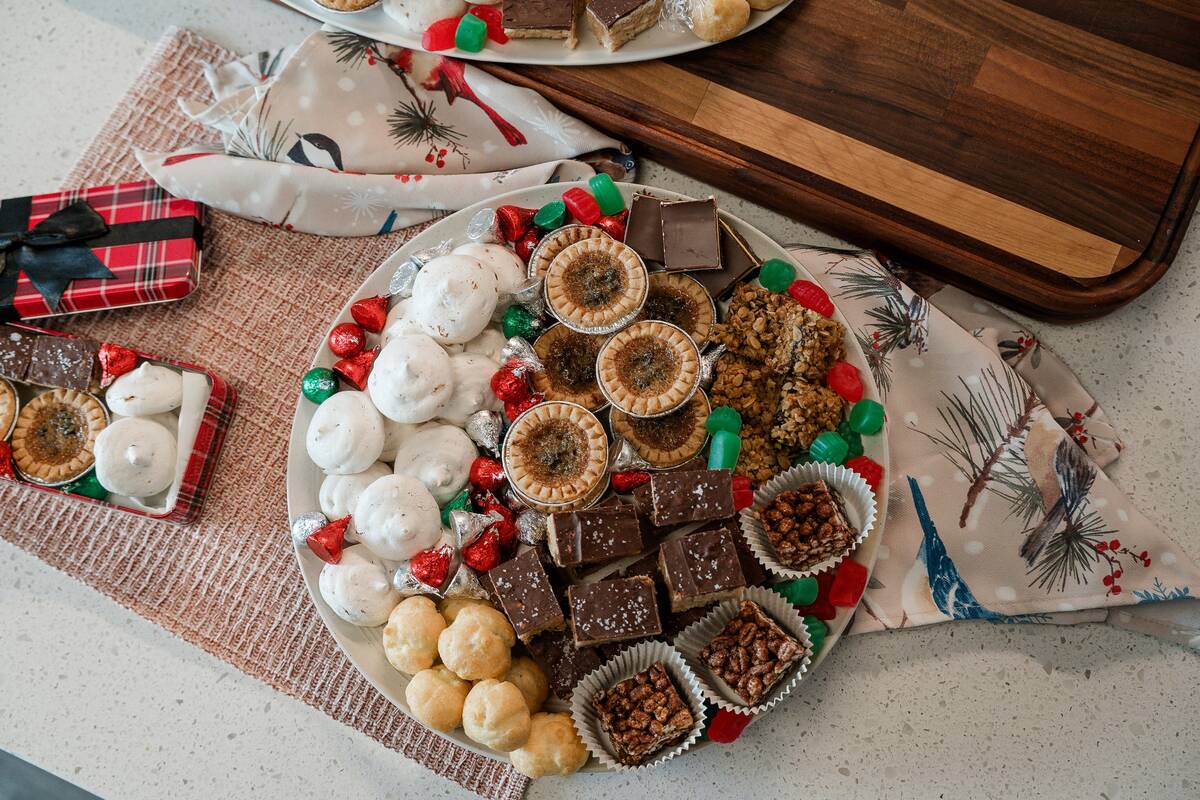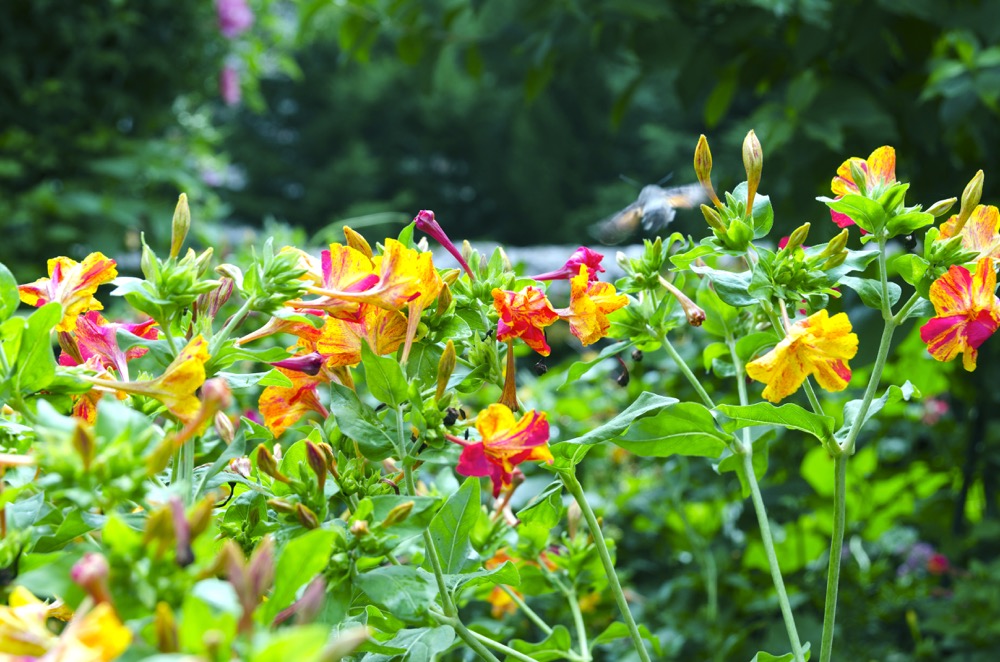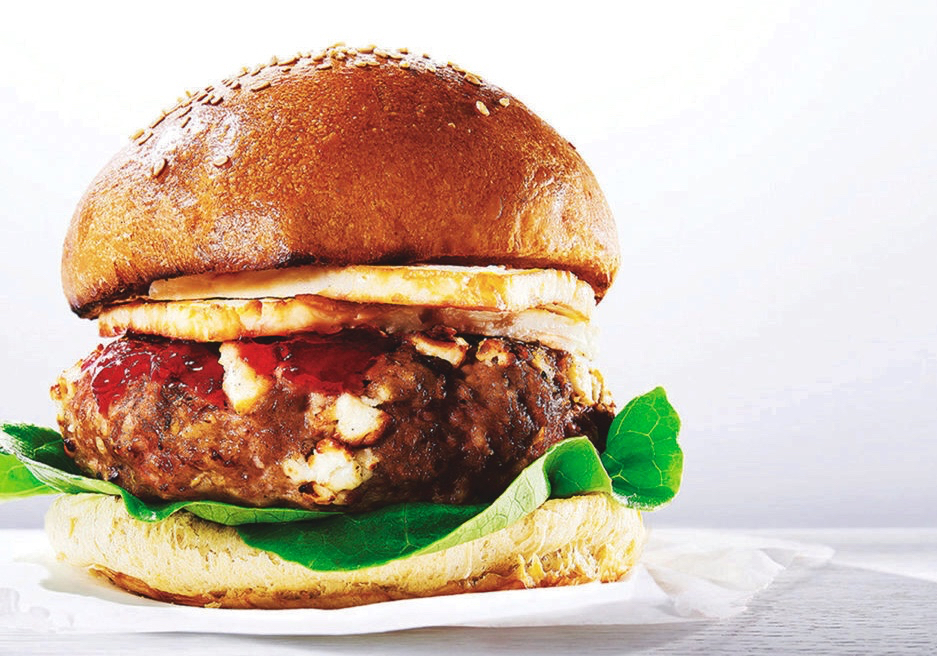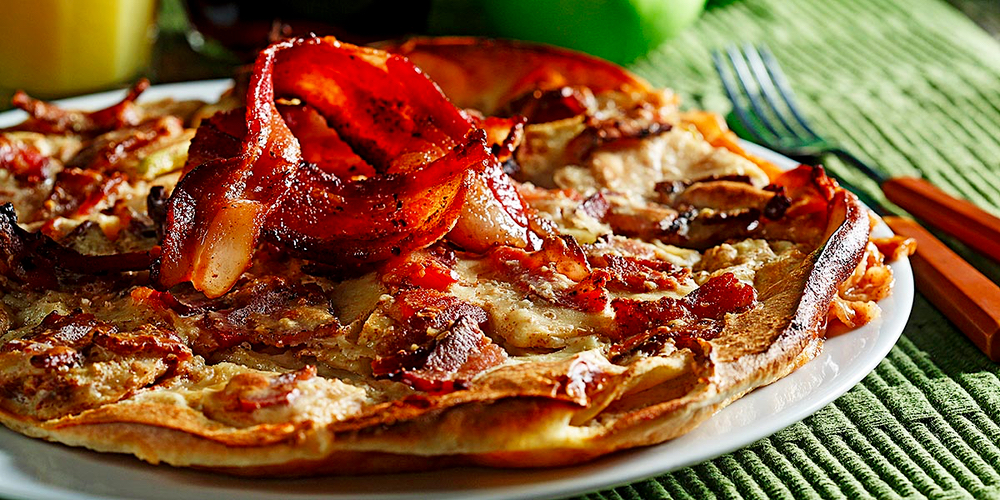The blooming flowers at this time of the year look good enough to eat. Some actually are.
Many flower varieties are edible, but before you munch on the centrepiece, you need to do your homework. Some flower varieties are poisonous, or at least could cause allergic reactions or stomach upset.
For example, apple blossoms should be tasted in moderation because the flowers contain chemicals related to cyanide. Chamomile commonly used in teas can cause allergic reactions among people with ragweed allergies. Too many daylilies can have a laxative effect.
Read Also

Your best (and easiest) holiday dainty tray
Make-ahead recipes, store-bought goodies and co-operation with friends and family: Here’s how to throw together a stunning, low-stress tray.
Flowers have been used as food throughout history, from the use of squash blossoms in Asian culture to roses in Italian culture. More recently, chefs and cake decorators have used flowers as garnishes.
Edible flowers can be floated on soups or in punch bowls. They can be frozen in ice cubes or ice rings. Brightly coloured edible petals can be sprinkled over salads. Besides serving as the finishing touch, flowers have made their way into the main course or side dishes.
Some of the common edible flower varieties are the petals of roses, begonias, chrysanthemums, daisies, pansies, violets, nasturtiums, impatiens and daylilies. Not only can flowers add colour, they also can add flavour. Flowers differ in taste from mint-like to peppery.
Here are some tips to consider before eating the bouquet:
- Know your flower varieties. Consult with an expert or use a reputable plant identification guide. Remember that flowers used as plate garnishes aren’t necessarily edible.
- Be aware that people affected by allergies, hay fever or asthma could react to flowers used in food preparation.
- Avoid flowers that have been exposed to pesticides unless the pesticides are labelled for use on edible flowers and the label directions have been followed. Avoid using flowers grown by the roadside because they may have been exposed to pesticides. Flowers from florists or garden centres also likely have been treated with pesticides and are best left off the menu.
- Pick fully open edible flowers after morning dew has evaporated. Use right away or refrigerate between layers of damp paper towelling.
- Remove pollen-containing stamens and pistils from flowers. Pollen can detract from flavour. Pollen also can cause allergic reactions.
- Gently wash flower petals right before use.
- Slowly introduce edible flowers into your menu to avoid potential stomach upset.
For further information, the North Carolina State University Cooperative Extension Service has an online publication with information about growing edible flowers and the flavours of edible flowers.
Here’s a tasty veggie dip. Try it with or without added nasturtium petals. The light versions of cream cheese and mayonnaise cut calories and fat.
 Veggie Dip
Veggie Dip
- 1/4 c. hot water
- 2 tsp. beef bouillon powder
- 1 8-oz. package light cream cheese
- 1/2 c. light mayonnaise
- 4 large green onions, chopped
- 1/3 c. chopped red, orange and yellow nasturtium petals, chopped (optional)
Dissolve beef powder in hot water. Chop onions, tops included. Mix ingredients and chill. Before serving, mix in chopped flowers if desired. Be sure flowers have not been in contact with pesticides, and wash carefully. Garnish with additional flowers if desired. Serve with assorted fresh vegetables.
Makes 16 servings. Each serving has 50 calories, 4.5 grams (g) fat, 2 g carbohydrate, 1 g protein and 230 milligrams sodium.
















